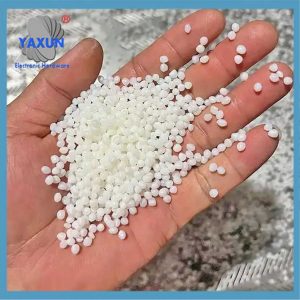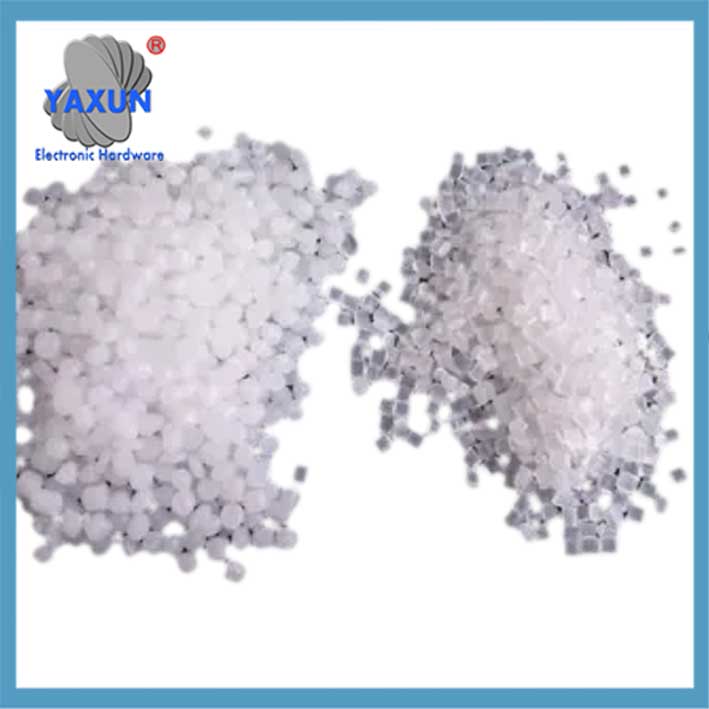The insulation characteristics of a cable harness, like dielectric strength, insulation resistance, and resistance to various environmental factors, are crucial for safe and reliable performance. Proper insulation prevents electrical shorts, signal degradation, and physical damage, ensuring the harness’s longevity and functionality.
Here’s a more detailed look at the key aspects:
1. Electrical Properties:
Dielectric Strength:
This refers to the material’s ability to withstand electrical stress without breaking down and forming a conductive path. A higher dielectric strength allows for higher voltage operation and increased safety.
Insulation Resistance:
This measures how well the insulation material opposes the flow of current. High insulation resistance is essential to prevent leakage currents and ensure the harness’s electrical integrity.
Arc Resistance:
This indicates the material’s ability to withstand arcing, a sudden discharge of electrical energy. High arc resistance is crucial in environments where arcing may occur, such as in high-voltage applications.
Tracking Resistance:
This measures the material’s resistance to the formation of conductive paths along the surface, often due to contamination and moisture. Tracking resistance is important for maintaining insulation integrity over time.
2. Mechanical Properties:
Tensile Strength: The material’s resistance to pulling forces, important for durability under stress.
Abrasion Resistance: The material’s ability to withstand wear and tear from friction and rubbing.
Flexibility: The material’s ability to bend and conform without breaking or cracking.
Cut-Through Strength: The material’s resistance to penetration from sharp objects.
3. Chemical Properties:
Resistance to Chemicals: The material’s ability to withstand exposure to various chemicals, oils, and solvents.
Moisture Resistance: The material’s ability to prevent water from absorbing into the insulation, which can reduce its electrical properties and cause damage.
Flame Resistance: The material’s ability to resist ignition and flame spread.
4. Thermal Properties:
Temperature Resistance: The material’s ability to maintain its insulation properties over a range of temperatures.
Heat Distortion Temperature: The temperature at which the material begins to deform under load.
Common Insulation Materials:
PVC (Polyvinyl Chloride): A cost-effective and versatile material offering good resistance to moisture, abrasion, and flame.
PE (Polyethylene): A flexible and lightweight material offering good insulation properties.
XLPE (Cross-linked Polyethylene): A high-temperature resistant material used in high-voltage applications.
PTFE (Polytetrafluoroethylene): A high-temperature and chemical-resistant material often used in demanding applications.
Silicone Rubber: A flexible and heat-resistant material suitable for various applications.
PUR (Polyurethane): A tough and flexible material offering good resistance to abrasion and chemicals.
ETFE (Ethylene Tetrafluoroethylene): A high-temperature resistant material with good flexibility.
There will be insulation on the outer layer of the wire. There are five main materials, namely PVC, PE, PUR, TPE, and TPU. This article mainly introduces the characteristics of these five materials.
 Thermoplastic elastomer TPE products should choose TPE or TPU |
 Differences between wires and cables made of TPU and TPE materials |
 TPE material is better than PVC |
1. PVC material
Категория 6, PVC, with foil shield, 4 twisted pairs, 26А -й
Definition: It is a particle prepared by mixing, kneading and extruding polyvinyl chloride as the base resin, adding stabilizers, plasticizers, calcium carbonate and other inorganic fillers, auxiliaries and lubricants.
Pros: Can be formulated to work in a variety of environments and applications. It is low cost to use, flexible, fairly strong, and has fire/oil repellent properties.
Disadvantages: Low-end PVC materials contain harmful substances and may be unstable when used in special environments. At present, the PVC material has also been upgraded to enhance environmental protection elements and improve performance.
2. PE material
Category 6e shielded outdoor grade direct buried cable, PE sheath, 23AWG solid
Definition: Polyethylene material, this one is also very common. The linear molecular structure of polyethylene makes it highly susceptible to deformation at high temperatures. Therefore, in the application of PE in the wire and cable industry, polyethylene is often cross-linked into a mesh structure, making it highly resistant to deformation even at high temperatures.
Advantages: more environmentally friendly, generally such products have passed the EU’s ROHS environmental pollution test. It has excellent electrical insulation properties and good processing properties.
Disadvantages: Average weather resistance, not suitable for high temperature environments.
3. PUR material
Category 5e, ultra-flexible PUR jacket, shielded, 4 pairs of 26 AWG stranded conductors
Definition: Polyurethane (PUR) is a polymer with repeating structural units of urethane segments made by the reaction of isocyanate and polyol.
Advantages: Excellent oil resistance, good toughness, wear resistance, cold resistance (low temperature resistance), water resistance, aging resistance, acid and alkali resistance, weather resistance, long service life, UV resistance and many excellent functions. Suitable for harsh occasions such as oil pollution and low temperature environment.
Disadvantages: It has many functions, so the price will naturally be slightly higher. Compared with PVC materials, the cost will be much higher.
4. TPE/TPR material
Category 5e SF/UTP cable, highly flexible CMX flame-retardant TPE sheath, 4 pairs of 24AWG multi-stranded wires
Definition: TPE (Thermoplastic Elastomer) thermoplastic elastomer, sometimes also called TPR (Thermoplastic Rubber), that is, thermoplastic rubber.
Advantages: It has good chemical resistance and oil resistance, is very flexible, and has better wear resistance.
Disadvantages: Not very strong, nor resistant to high temperatures, and usually cannot be used in environments above 80°C for a long time.
5. TPU material
Definition: Generally called polyurethane material, it is thermoplastic polyurethane elastomer rubber.
Advantages: Mainly divided into polyester type and polyether type, hardness range (60HA-85HD). Wear-resistant, oil-resistant, transparent and elastic, TPU not only has excellent properties of high wear-resistance, high tension, high pulling force, strength and aging resistance, but is also a mature environmentally friendly material.
Disadvantages: Slightly lacking in sturdiness and easily deformed.

The difference between TPU and PVC material properties
 English
English العربية
العربية Български
Български Čeština
Čeština Dansk
Dansk Nederlands
Nederlands Suomi
Suomi Français
Français Deutsch
Deutsch Magyar
Magyar Italiano
Italiano 日本語
日本語 한국어
한국어 Português
Português Română
Română Русский
Русский Slovenščina
Slovenščina Español
Español Svenska
Svenska Tiếng Việt
Tiếng Việt
